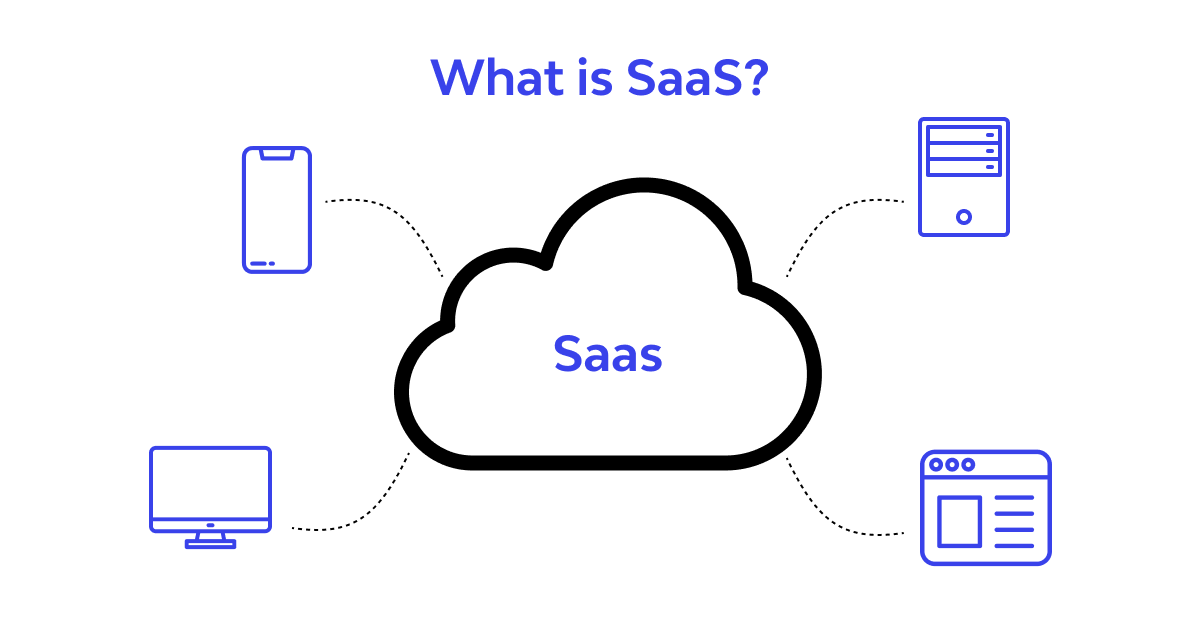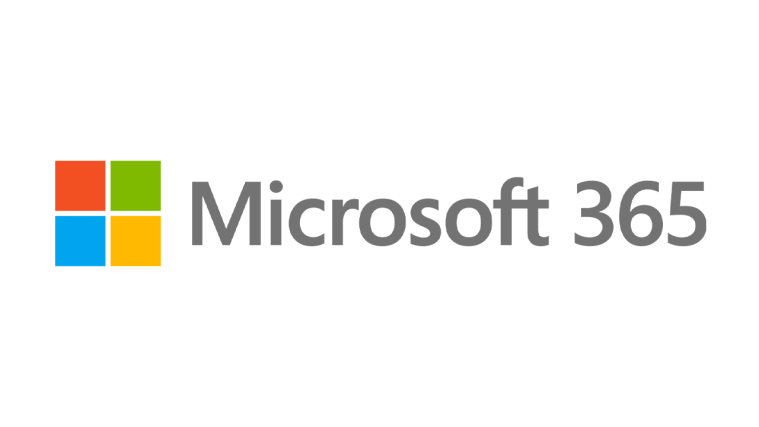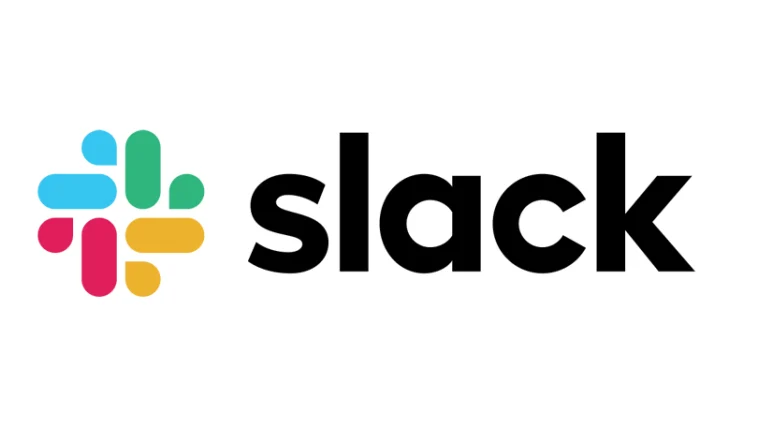Embracing the Future: Unveiling the Wonders of Software as a Service (SaaS)
 Sumit Mondal
Sumit Mondal
Introduction
In the dynamic realm of technology, Software as a Service (SaaS) has emerged as a revolutionary force, transforming the way businesses operate and individuals engage with software. This model, which delivers software applications over the internet, has become the cornerstone of modern digital solutions. In this blog, we'll embark on a journey to unravel the wonders of SaaS, exploring its benefits, real-world examples, and the impact it has on the way we work and live.
Understanding SaaS
At its core, SaaS is a cloud computing service that provides users with access to software applications without the need for installation or maintenance. Instead of purchasing and installing software on individual devices, users can simply access the application via a web browser. This not only streamlines the user experience but also eliminates the hassles of software updates and compatibility issues.
Benefits of SaaS
Cost Efficiency: SaaS operates on a subscription-based model, allowing users to pay for the software on a recurring basis. This eliminates the need for hefty upfront costs associated with traditional software purchases. Businesses can now allocate resources more efficiently, focusing on operational aspects rather than large capital investments.
Accessibility: With SaaS, accessibility knows no bounds. Users can access their applications and data from anywhere with an internet connection. This level of flexibility is a game-changer for businesses with remote or globally distributed teams, fostering collaboration and productivity.
Automatic Updates: Say goodbye to the days of manual software updates. SaaS providers take care of updates and maintenance, ensuring that users always have access to the latest features and security patches. This not only saves time but also enhances the overall security of the software.
Scalability: SaaS solutions are highly scalable, allowing businesses to adjust their software usage based on changing needs. Whether a company is experiencing rapid growth or scaling down, SaaS provides the flexibility to adapt without the constraints of traditional software installations.
Real-World Examples of SaaS
Microsoft 365: Microsoft 365 is a prime example of SaaS in action. It offers a suite of productivity tools, including Word, Excel, and PowerPoint, delivered through the cloud. Subscribers can access these applications from any device, collaborate in real-time, and benefit from automatic updates.

Salesforce: Salesforce is a SaaS platform that revolutionizes customer relationship management (CRM). It provides businesses with tools to manage and analyze customer interactions, streamline sales processes, and enhance customer satisfaction. The platform's cloud-based nature ensures that users can access critical information anytime, anywhere.

Slack: Slack has become synonymous with efficient communication and collaboration in the workplace. This SaaS application brings teams together through channels, direct messaging, and file sharing. Its real-time features enhance teamwork, making it an invaluable tool for businesses of all sizes.

Impact on Work and Lifestyle
Remote Work Revolution: The rise of SaaS has played a pivotal role in the global shift toward remote work. Cloud-based applications empower employees to work seamlessly from any location, promoting work-life balance and opening up opportunities for a diverse and geographically dispersed workforce.
Innovation and Agility: SaaS fosters innovation by enabling rapid development and deployment of software updates. Businesses can experiment with new features and improvements without causing disruptions. This agility is crucial in a fast-paced digital landscape where staying ahead of the competition is paramount.
Eco-Friendly Practices: By centralizing software resources in the cloud, SaaS contributes to a more sustainable and eco-friendly future. Reduced hardware requirements and optimized energy consumption in data centers lessen the environmental impact compared to traditional software models.
Conclusion
In conclusion, Software as a Service has become a linchpin in the technological evolution of how we access, use, and benefit from software applications. Its cost efficiency, accessibility, automatic updates, and scalability have made it a cornerstone for businesses seeking agility and innovation. Real-world examples like Microsoft 365, Salesforce, and Slack showcase the diverse applications of SaaS across different industries.
As we continue to embrace the future, it's clear that SaaS is not just a technological trend but a transformative force shaping the way we work and live. The remote work revolution, enhanced innovation, and eco-friendly practices underscore the enduring impact of SaaS in our interconnected digital world. As we navigate this landscape, the wonders of Software as a Service will undoubtedly continue to unfold, promising a future where technology seamlessly integrates with our lives, fostering efficiency, collaboration, and sustainability.
Subscribe to my newsletter
Read articles from Sumit Mondal directly inside your inbox. Subscribe to the newsletter, and don't miss out.
Written by

Sumit Mondal
Sumit Mondal
Hello Hashnode Community! I'm Sumit Mondal, your friendly neighborhood DevOps Engineer on a mission to elevate the world of software development and operations! Join me on Hashnode, and let's code, deploy, and innovate our way to success! Together, we'll shape the future of DevOps one commit at a time. #DevOps #Automation #ContinuousDelivery #HashnodeHero